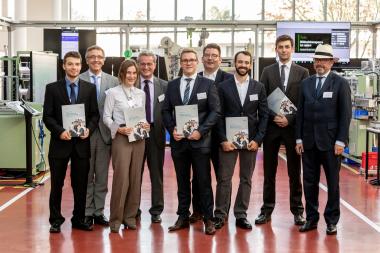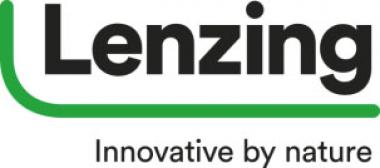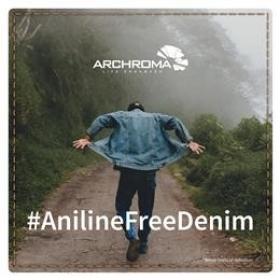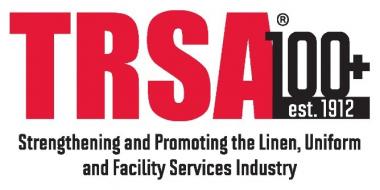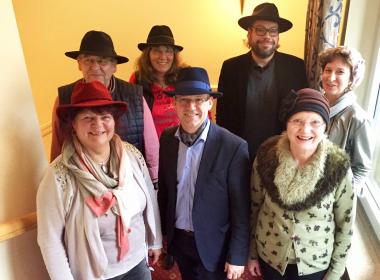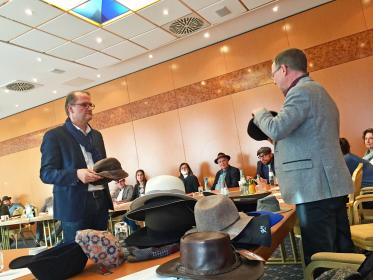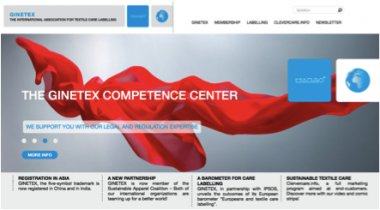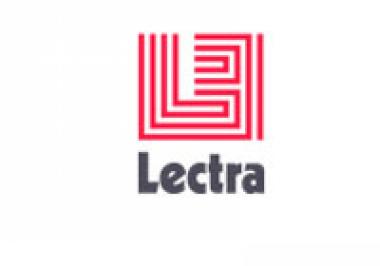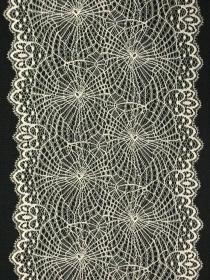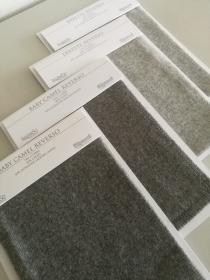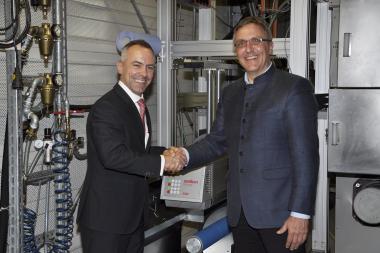VDMA Textile Machinery c/o Walter Reiners Foundation awards five young engineers with a total of 17,500 EURO
Peter D. Dornier, member of the Executive Board of the VDMA Textile Machinery Federation and Chairman of the Walter Reiners Foundation for the Promotion of Young Engineers, honours five young talents. Numerous entrepreneurs and managers from the German textile machinery industry took part in the award ceremony at the Digital Capability Center (DCC) in Aachen, Germany.
The prizewinner in the dissertation category, Dr.- Ing. Benjamin Weise, comes from the Institute of Textile Technology at RWTH Aachen University (ITA). He has dealt with a complex production process for the manufacture of modified multifilament yarns, which offers new perspectives for the development and manufacture of textile charge carriers.
M.Sc. Susanne Fischer, winner of the Master's thesis category, has systematically and comprehensively solved the challenging task of integrating motion sensors into a finger glove at Reutlingen University.
The 2018 creativity award winners are team Mr. Jan Merlin Abram and Mr. Alon Tal from ITA Aachen as well as Mr. Eric Otto from the Institute for Textile Machinery and High-Performance Textile Materials Technology (ITM) in Dresden. The students Abram and Tal have developed a guideline for the design of hybrid morphing textiles. In addition to the classic functions in conventional and, in particular, composite applications, locally defined, functionally effective joint, torsion, expansion and compression mechanisms can be integrated into the textile.
The prizewinner Otto is awarded for a concept study for the development of a circular knitting machine with a variable diameter needle cylinder, which can lead to further flexibility in the circular knitting process.
VDMA
Textilmaschinen


